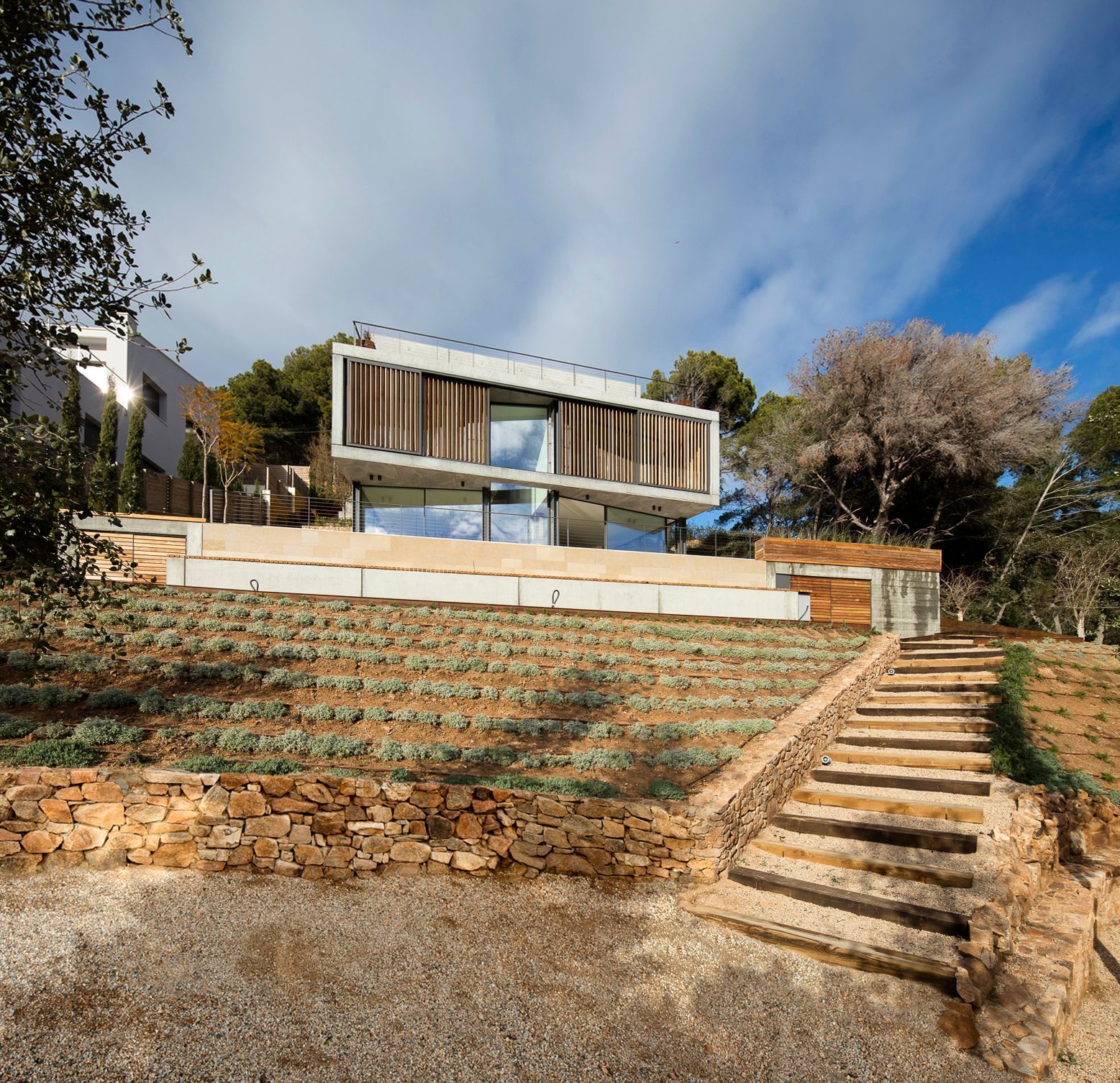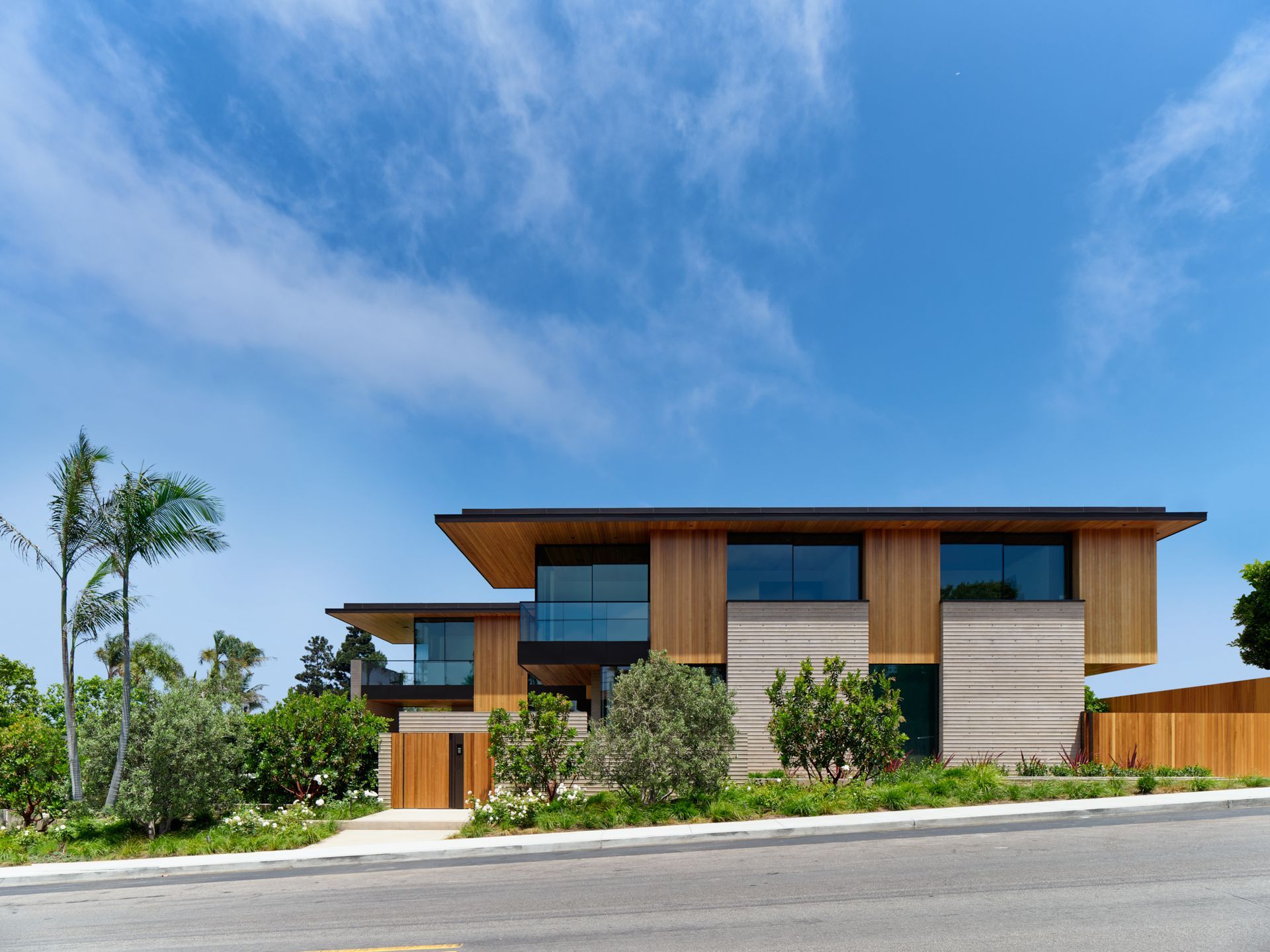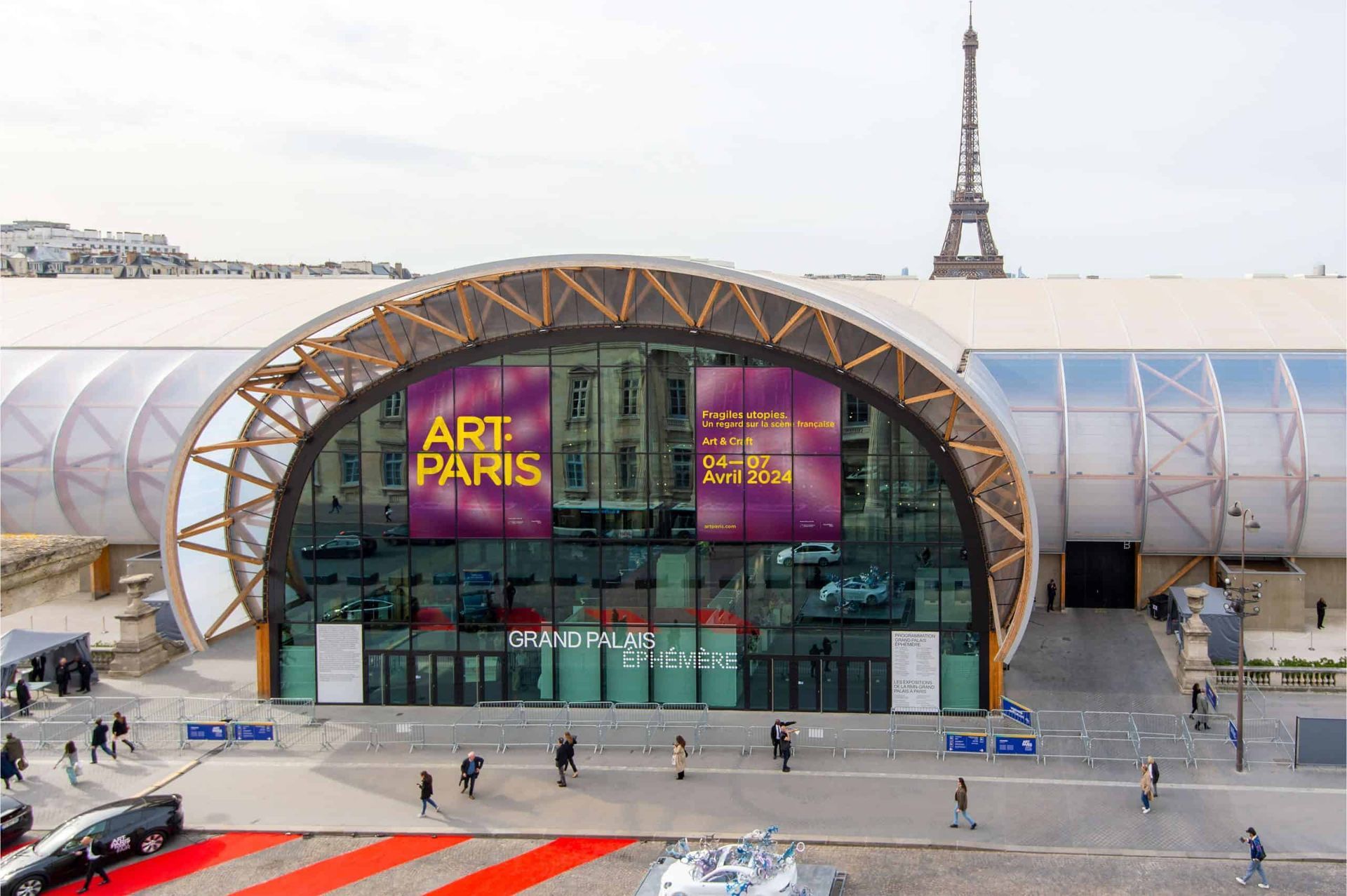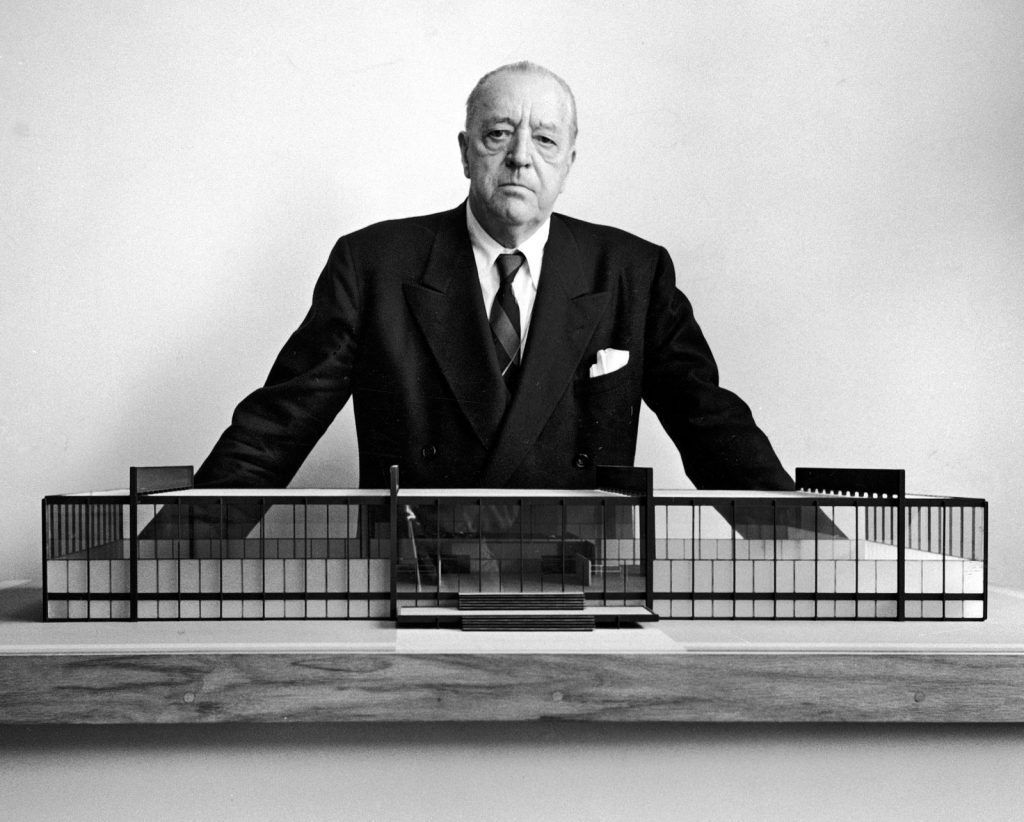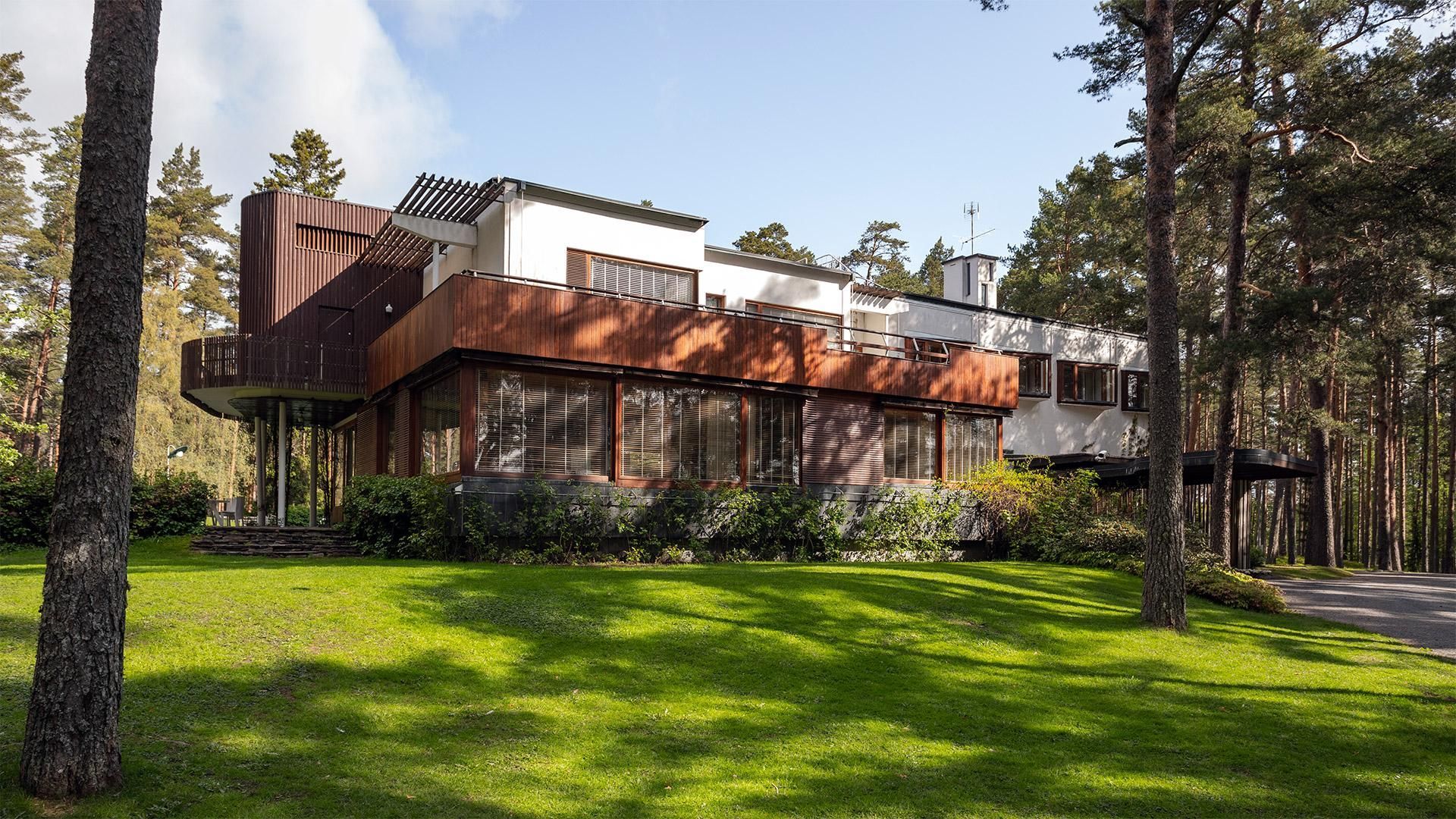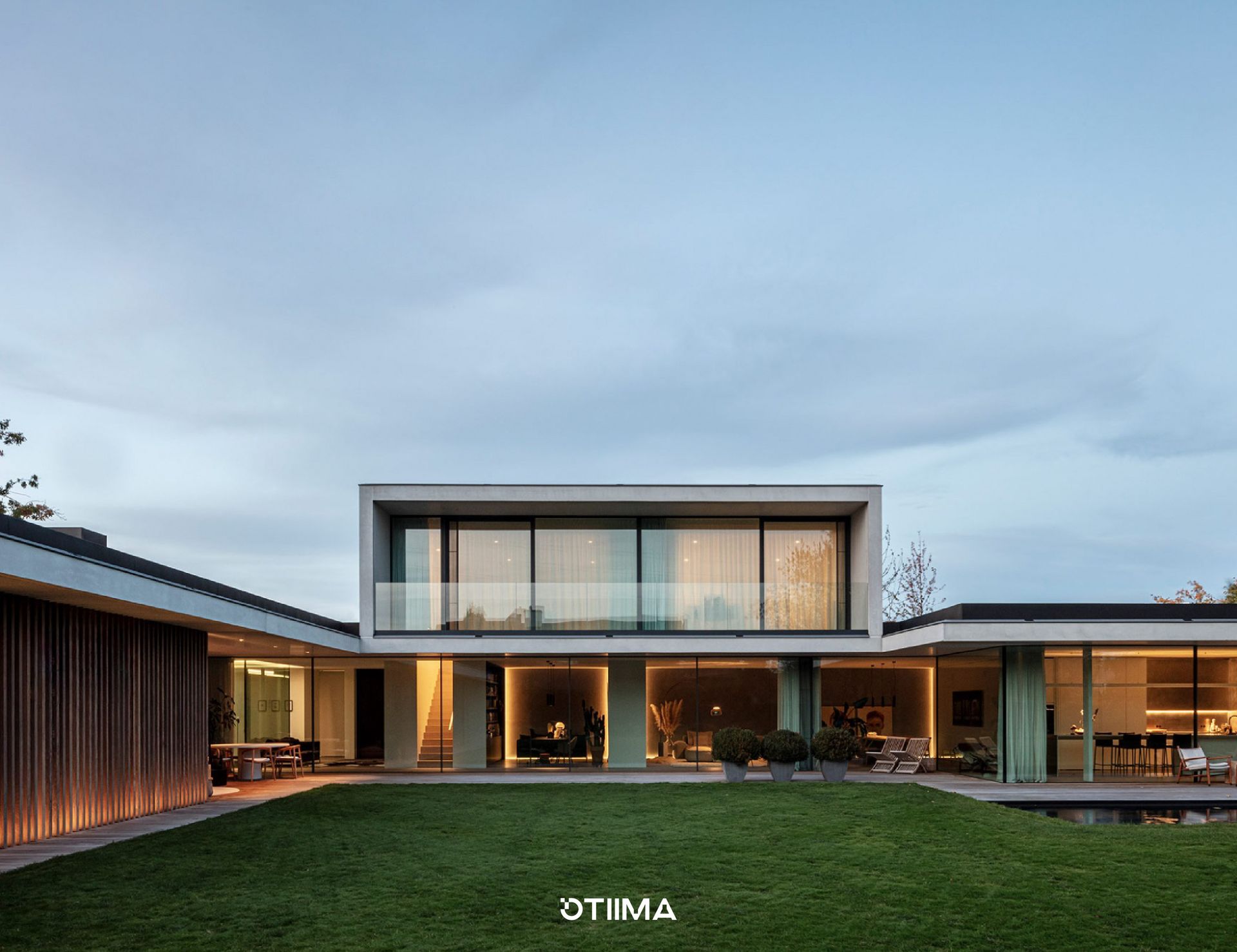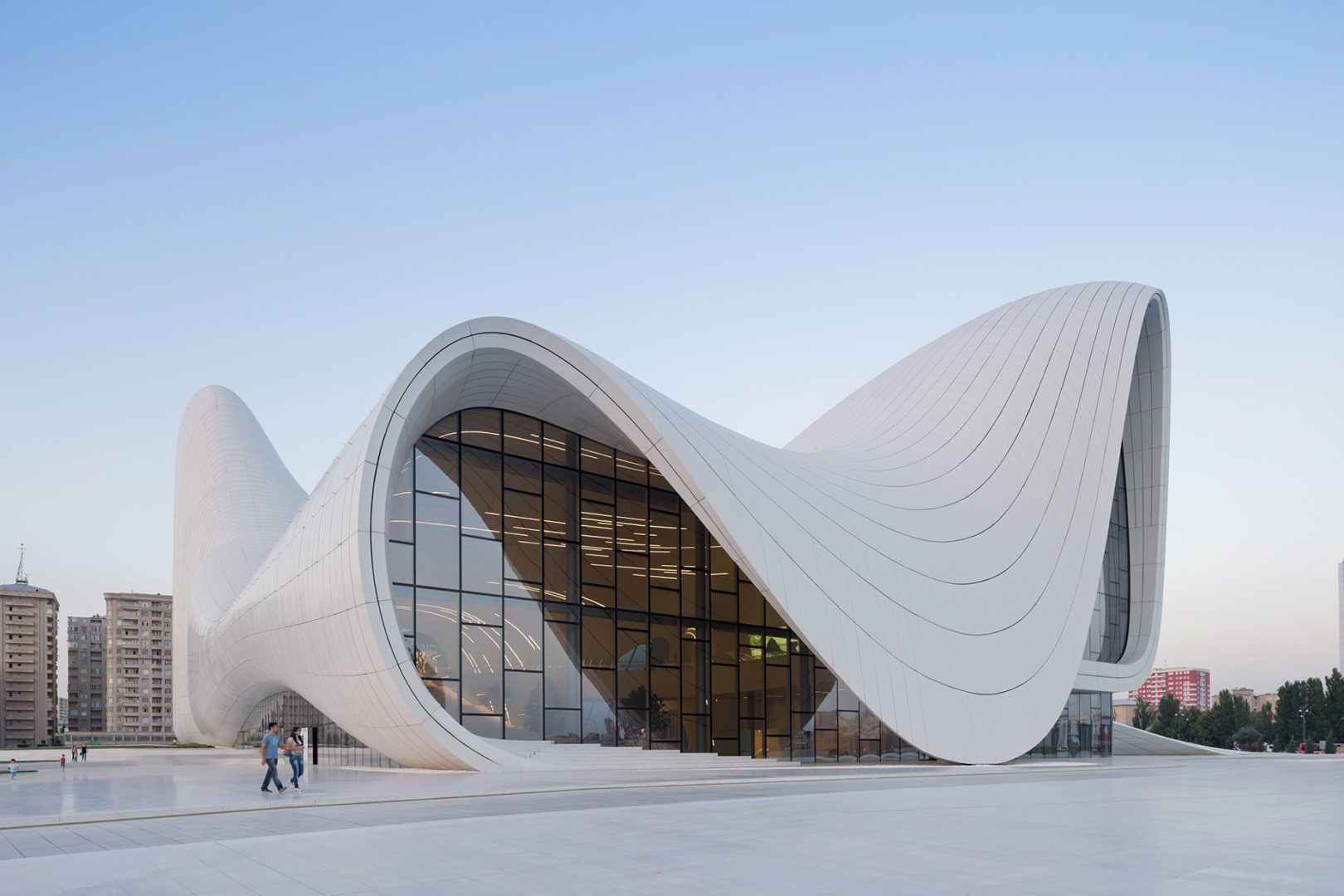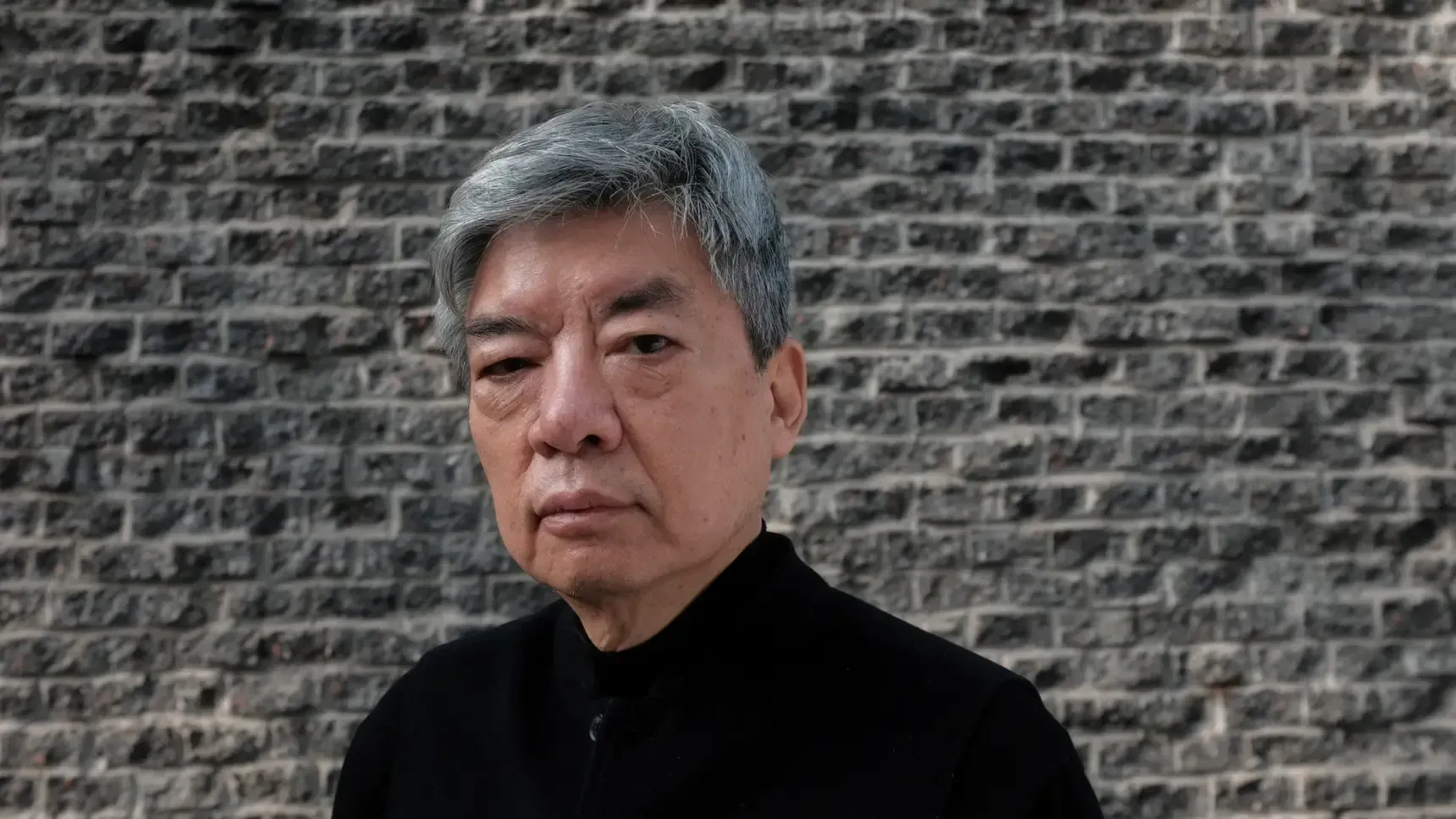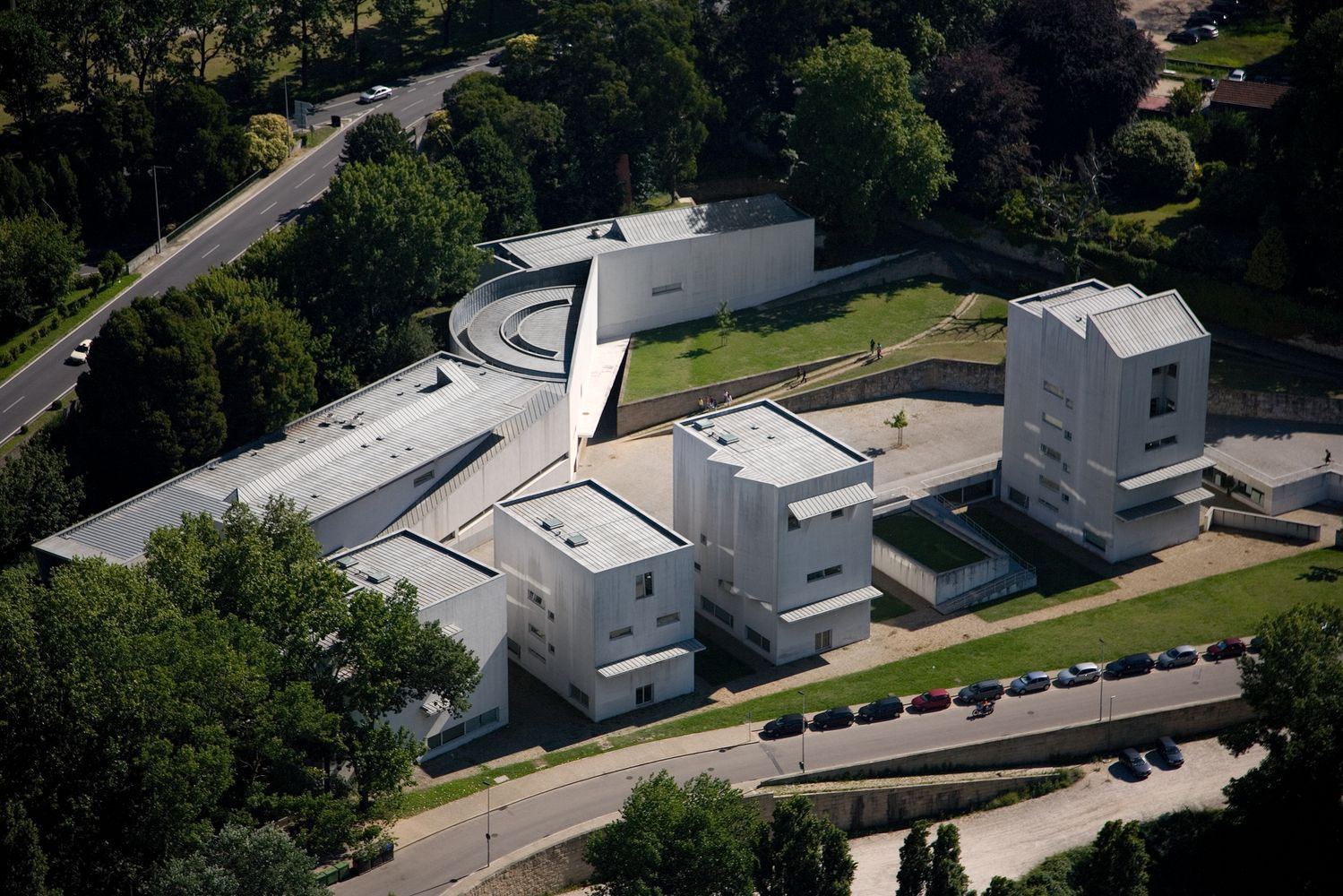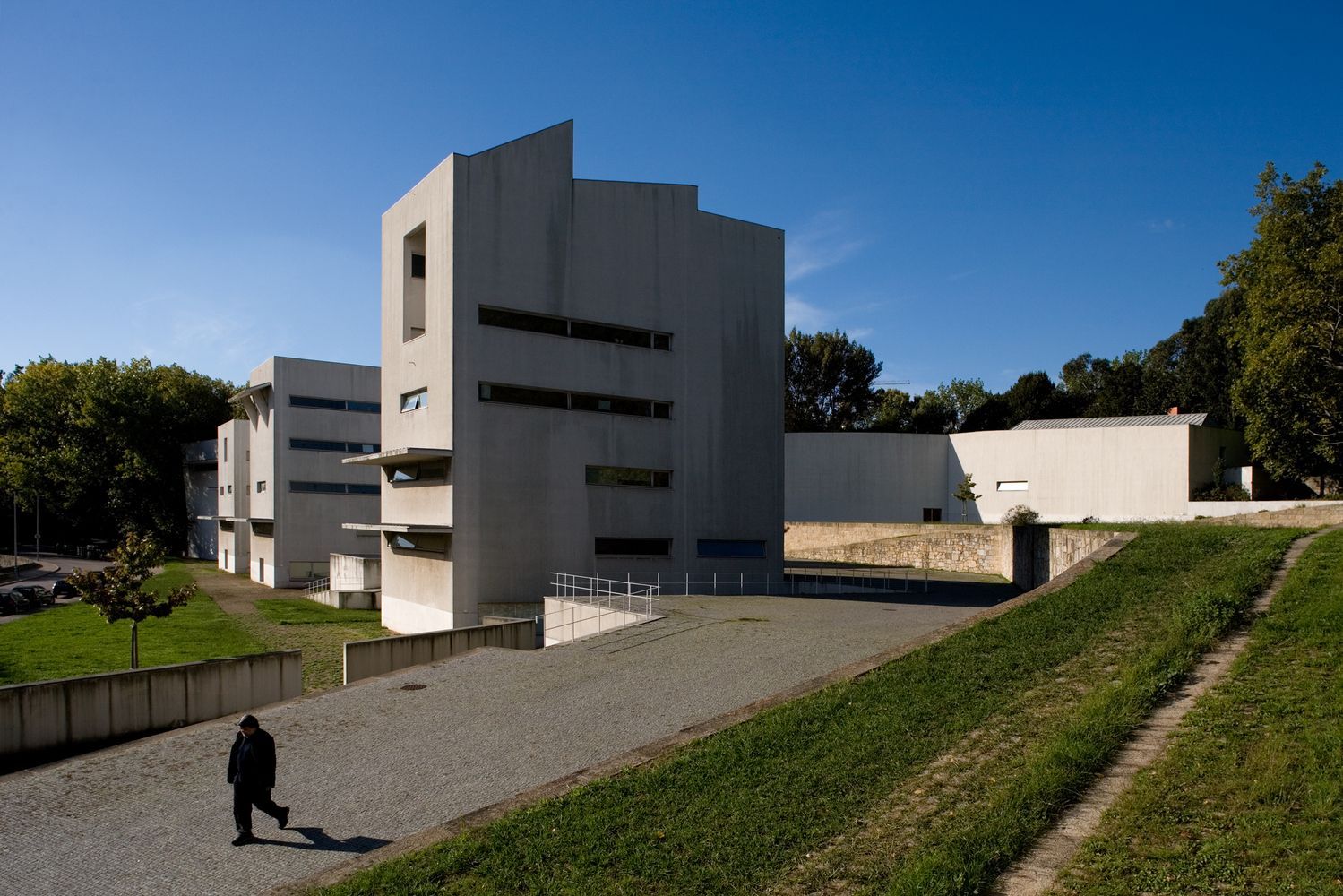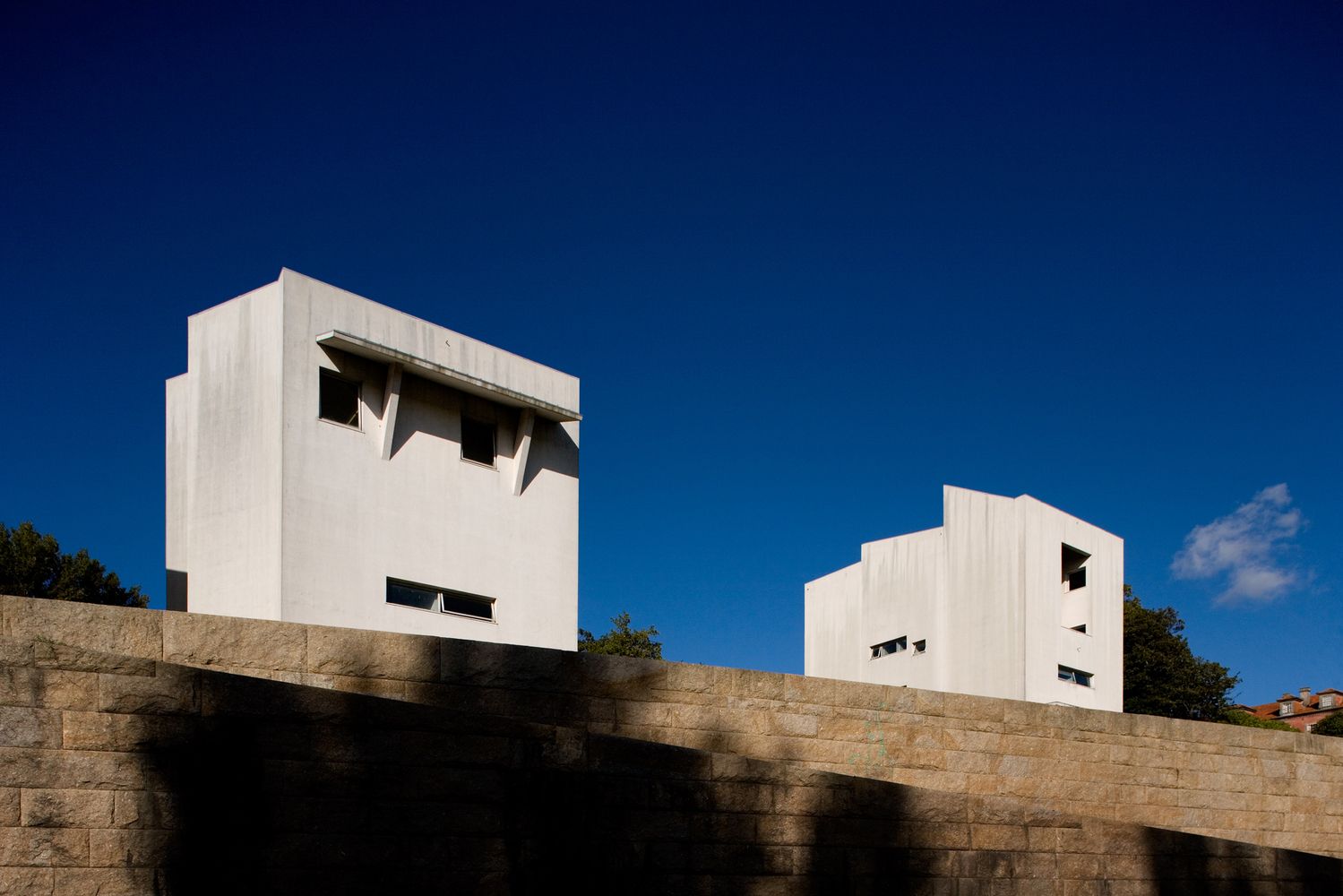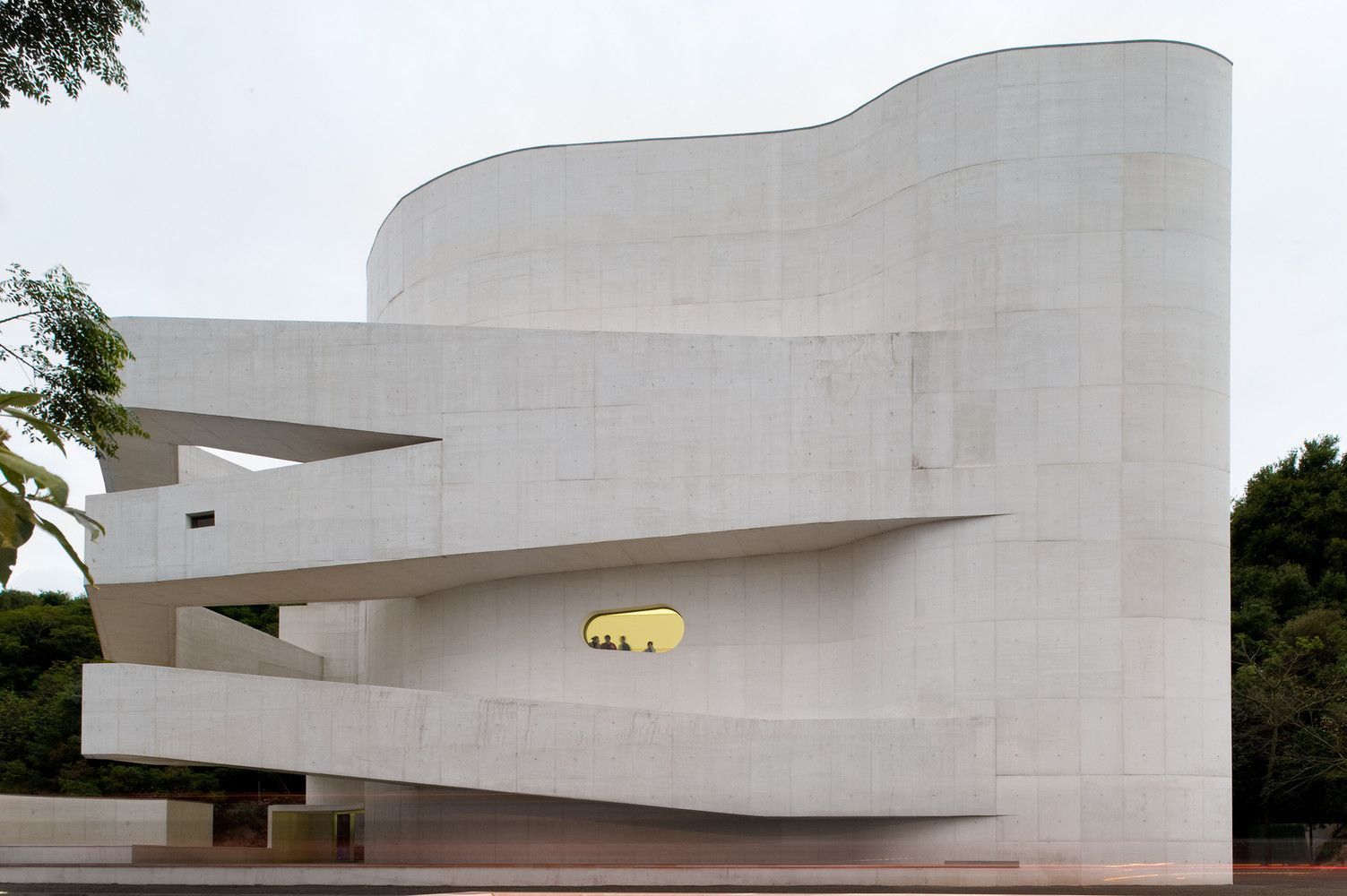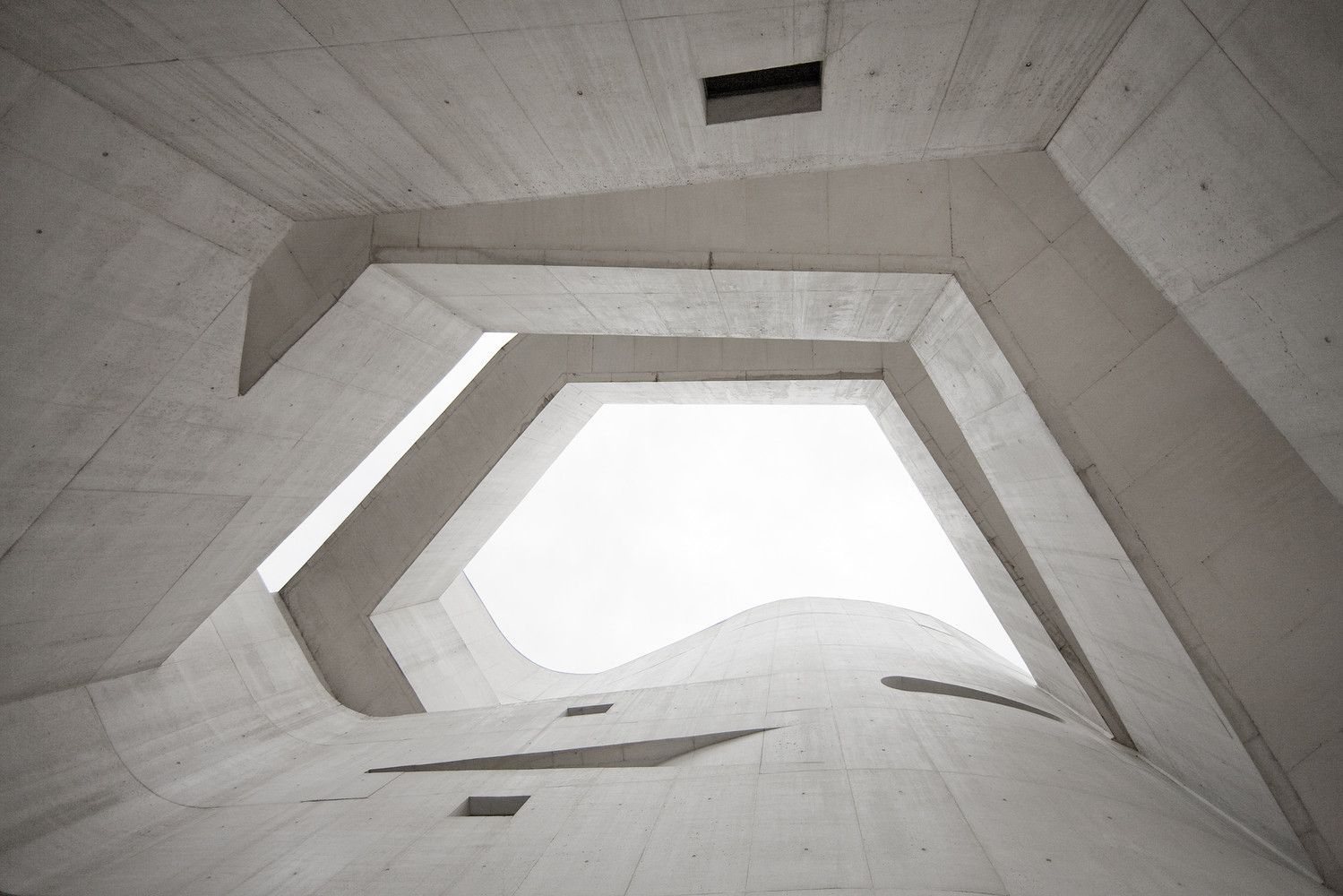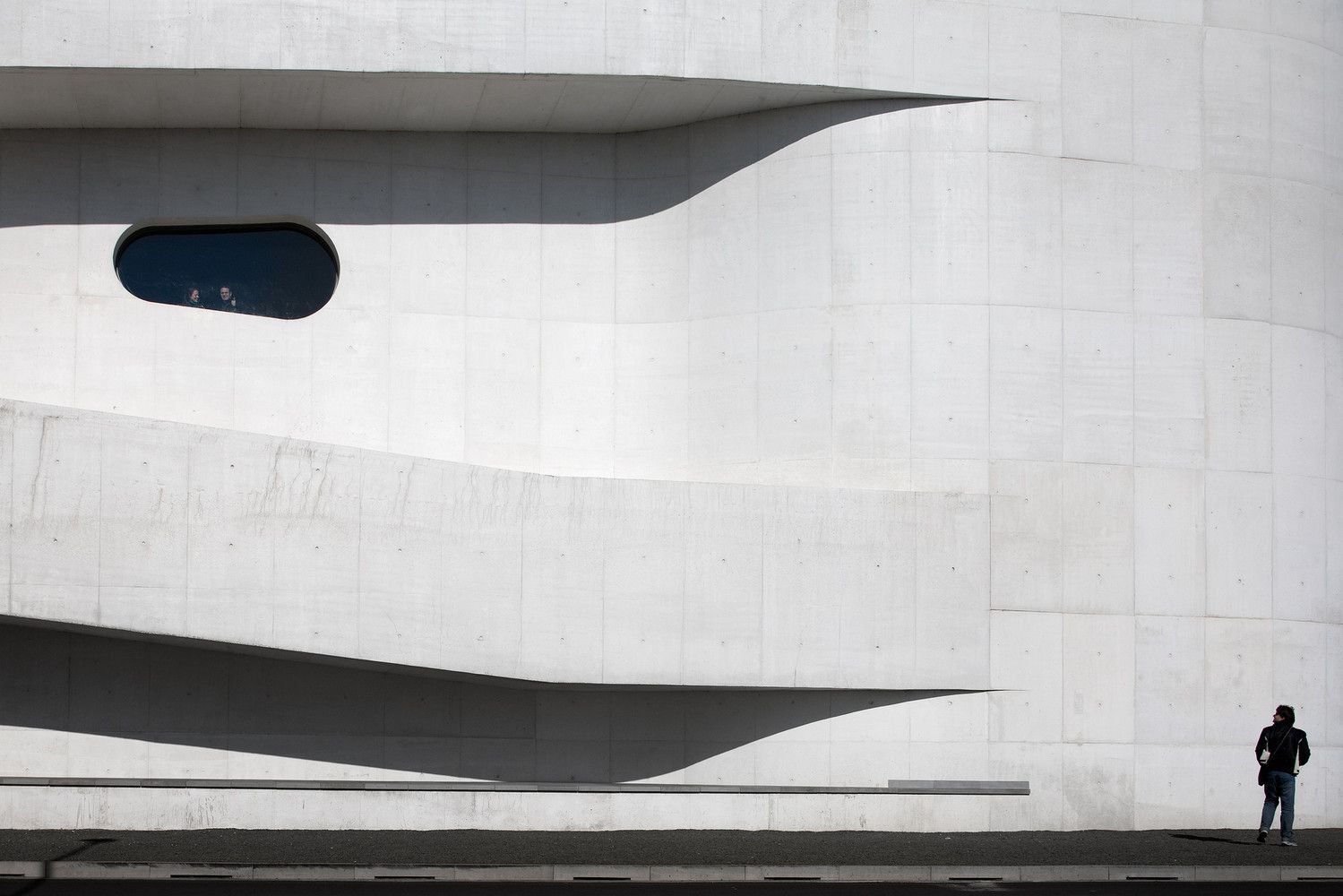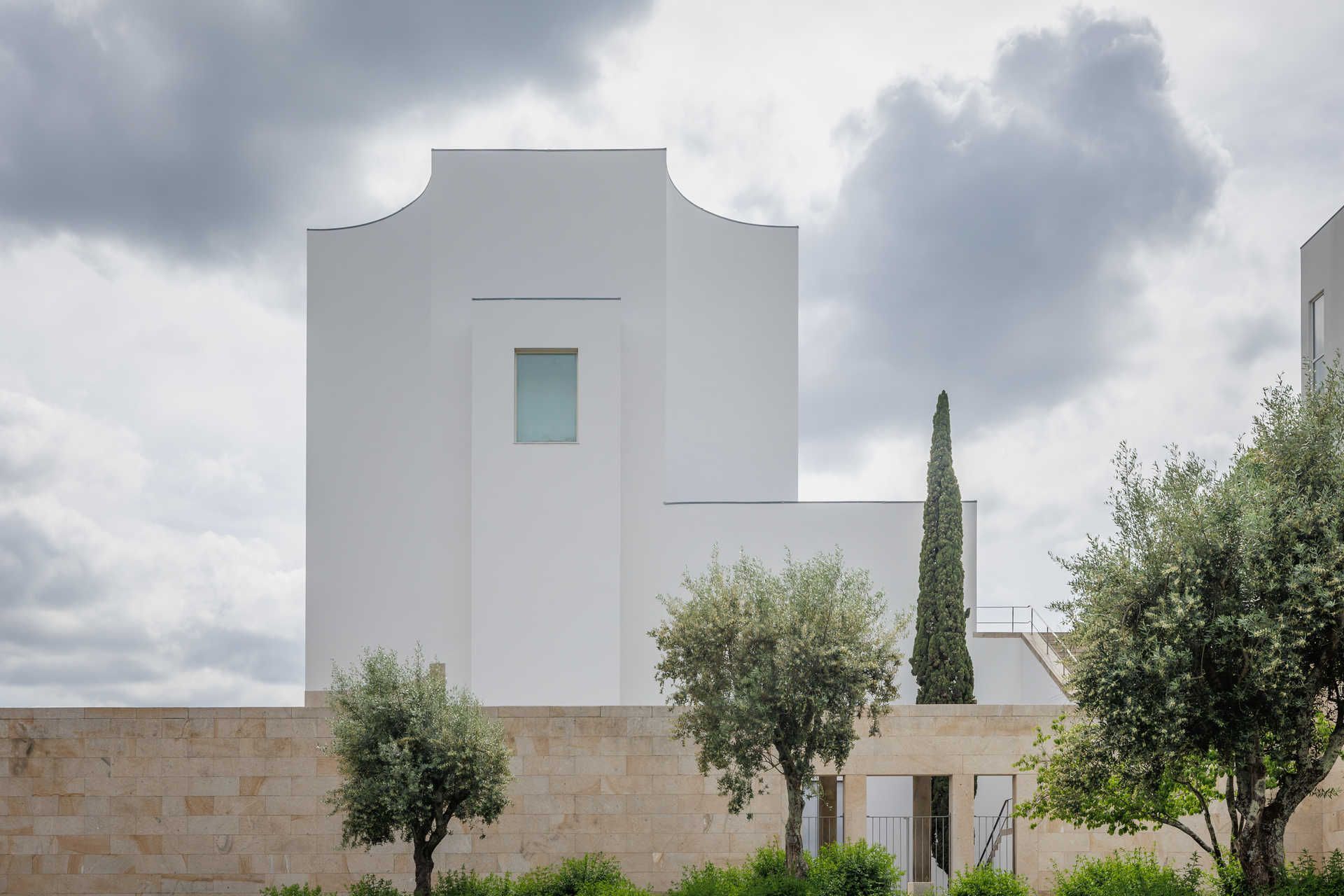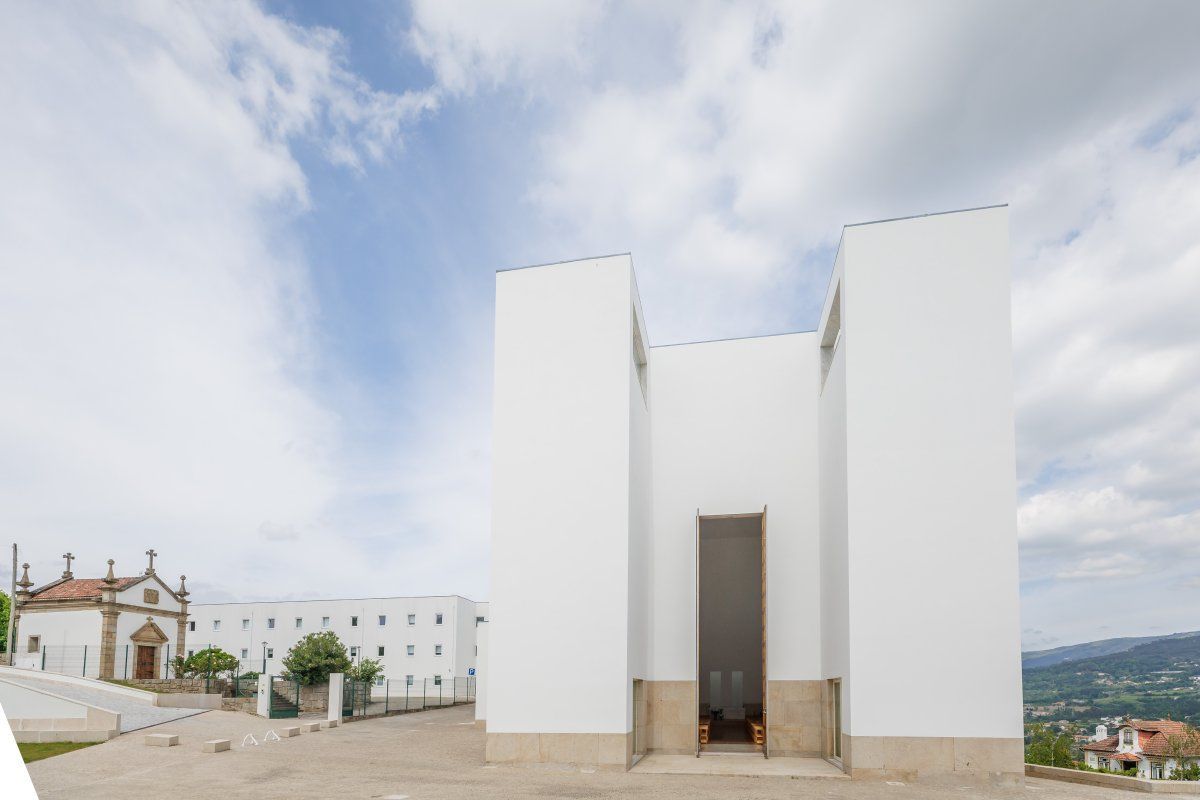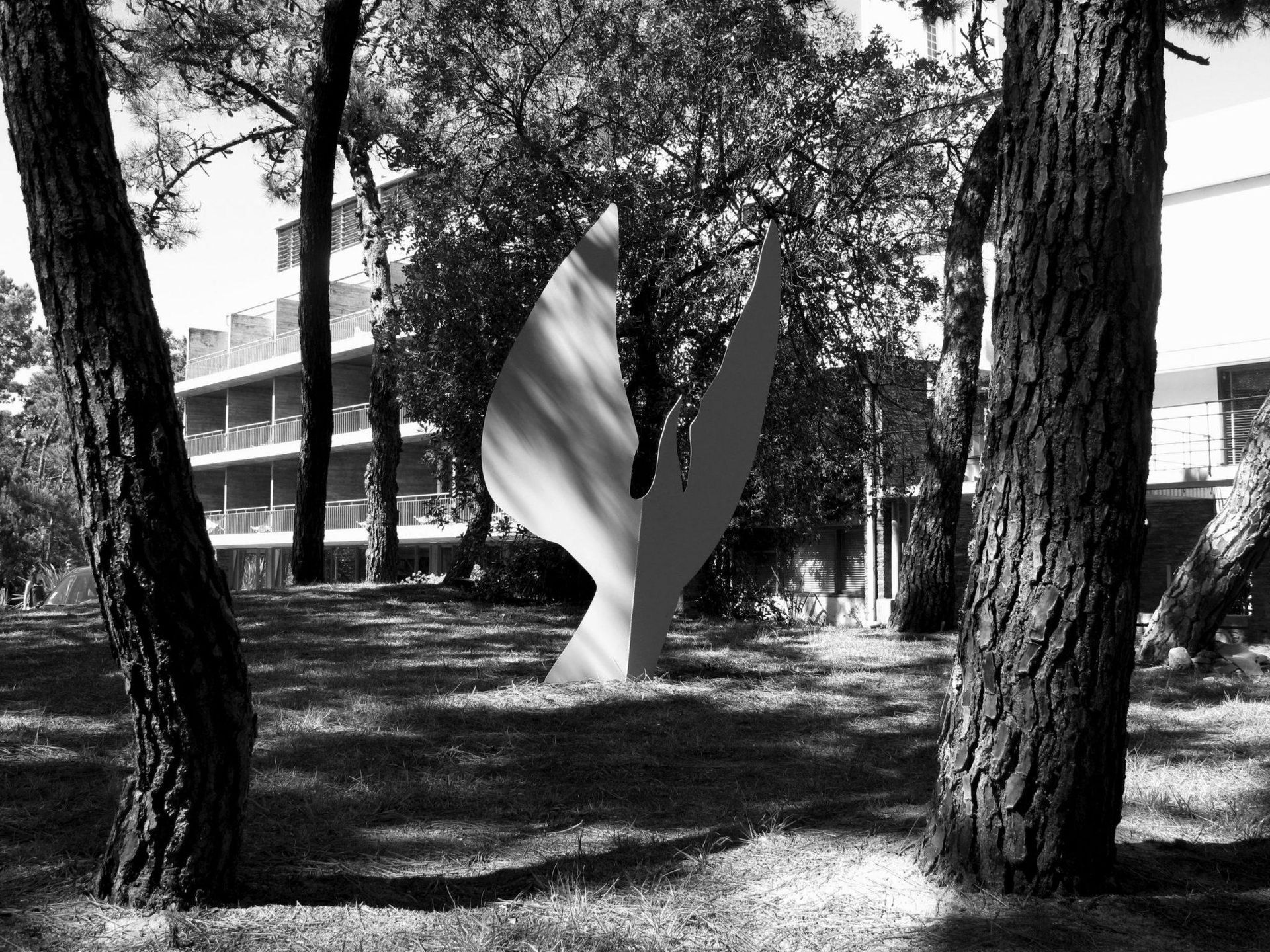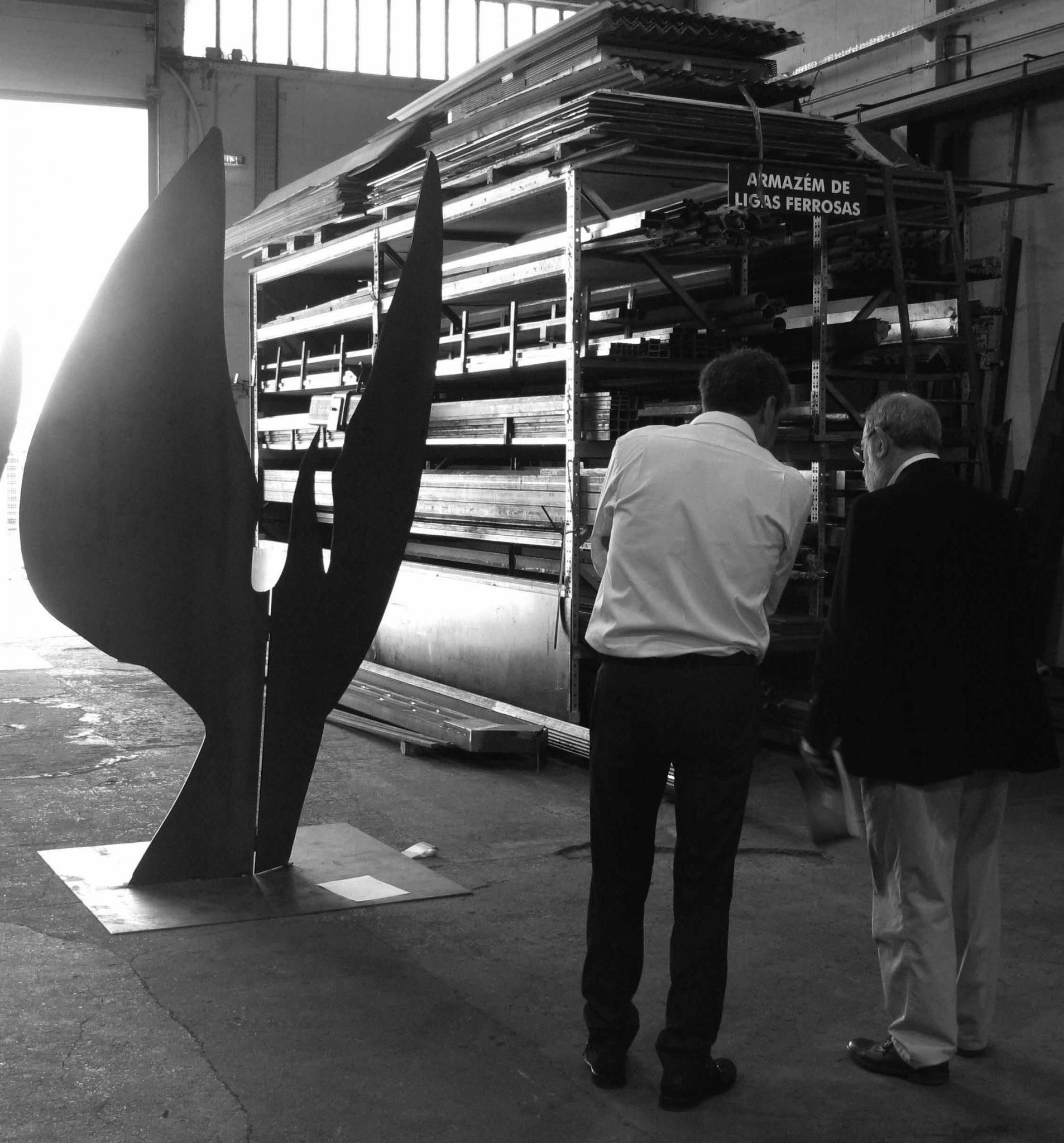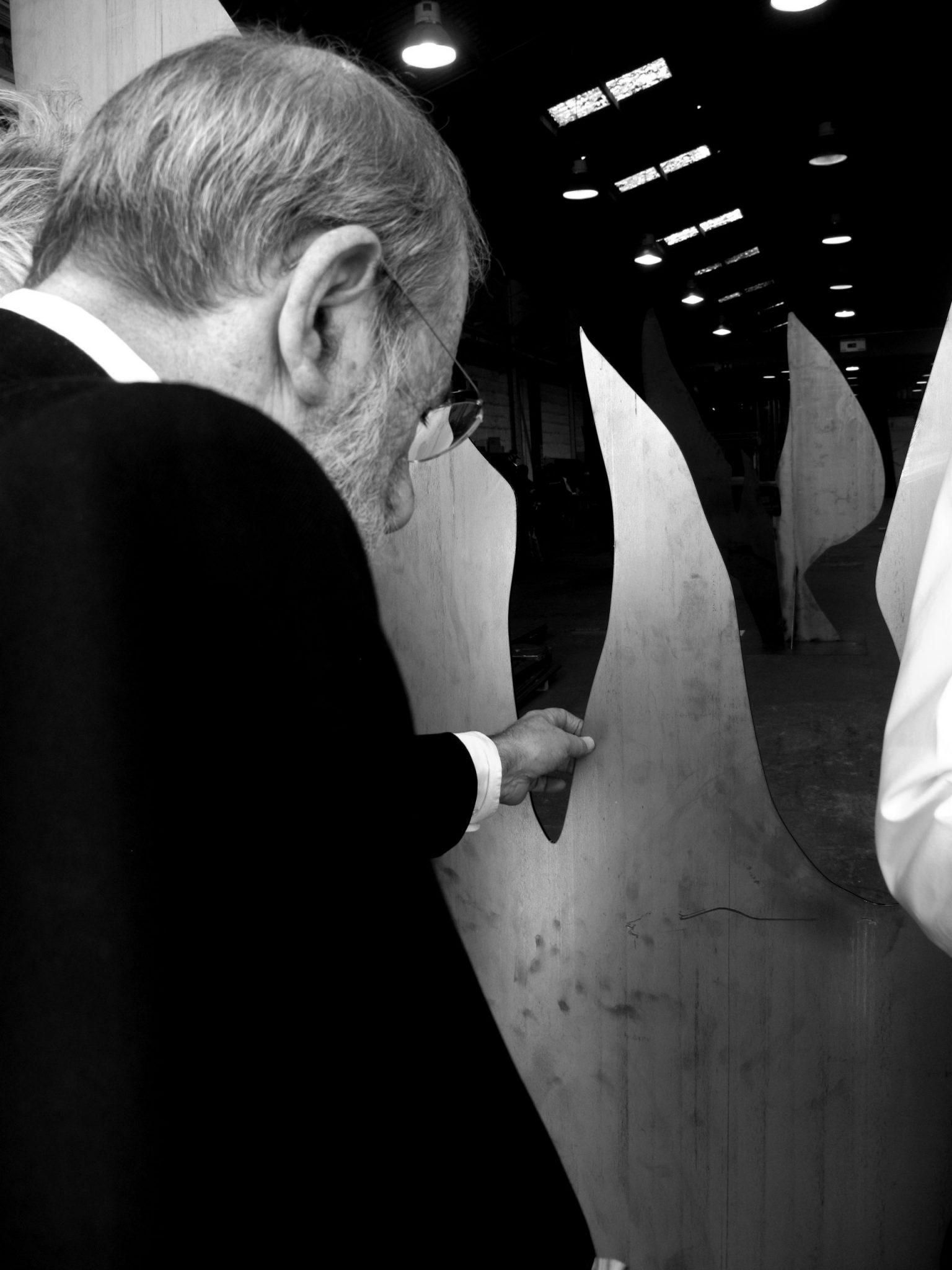Celebrating the 91th Birthday of Álvaro Siza Vieira: A Legacy in Architecture
Today, we celebrate the 91th birthday of Álvaro Siza Vieira, a master architect whose visionary projects have left an indelible mark on the world. At OTIIMA, we are privileged to pay tribute to the architect, whose work continues to inspire and elevate our industry.
The Early Years
Born on June 25, 1933, in Matosinhos, Portugal, Álvaro Siza showed an early interest in art, which later blossomed into a passion for architecture. He studied at the School of Fine Arts at the University of Porto, where he was mentored by Fernando Távora, another important figure in Portuguese architecture. Siza's early works, such as the Boa Nova Tea House (1958-1963) in Leça da Palmeira, already showed his unique ability to harmonize buildings with their natural surroundings.
International Acclaim
Siza's distinctive approach quickly gained international recognition. His projects are characterized by thoughtful integration into the environment, elegant simplicity, and a deep respect for cultural and historical context. Some of his most notable works include:
The Faculty of Architecture of the University of Porto (1987-1993): This project is a tribute to his innovative design, combining functionality with aesthetics.
© Fernando Guerra
The Iberê Camargo Foundation in Porto Alegre, Brazil (2008): A museum that interacts beautifully with the surrounding landscape and demonstrates Siza's mastery of creating meaningful spaces.
© Fernando Guerra
The Church of Santa Maria in Marco de Canaveses (1990-1996): A project that highlights his ability to design sacred spaces that evoke contemplation and peace.
© Miguel Pereira
The Bird, Póvoa de Varzim (2011): piece crafted from iron, painted with laser-cut precision. This project, produced by ArtWorks, reflects Siza's ability to transcend traditional architectural boundaries, embracing sculpture as a means of expression.
© Bruno Lança
Awards and Recognition
Álvaro Siza's work has been regognized with numerous prestigious awards that underscore his significant contributions to architecture. In 1992, he received the Pritzker Prize, often referred to as the Nobel Prize of architecture, for his exemplary skill and creative vision. Other honors include the Royal Gold Medal from the Royal Institute of British Architects (RIBA) in 2009 and the Golden Lion for Lifetime Achievement at the 2012 Venice Architecture Biennale.
A Legacy of Inspiration
Siza's influence extends beyond his built projects. His teaching and writing have inspired generations of architects to explore the delicate balance between tradition and modernity, and between the built environment and nature. His philosophy encourages us to consider architecture not just as a profession, but as a thoughtful, artistic expression that profoundly affects our lives.
Honoring a Visionary
As we commemorate Álvaro Siza Vieira's 91th birthday, we honor not only his individual achievements, but also the enduring principles he represents. His work reminds us of the power of architecture to shape our world thoughtfully and beautifully. At OTIIMA, we strive to embody the same commitment to excellence and innovation that Siza exemplified throughout his illustrious career.
